Central Vietnam mountain pass a beautiful drive
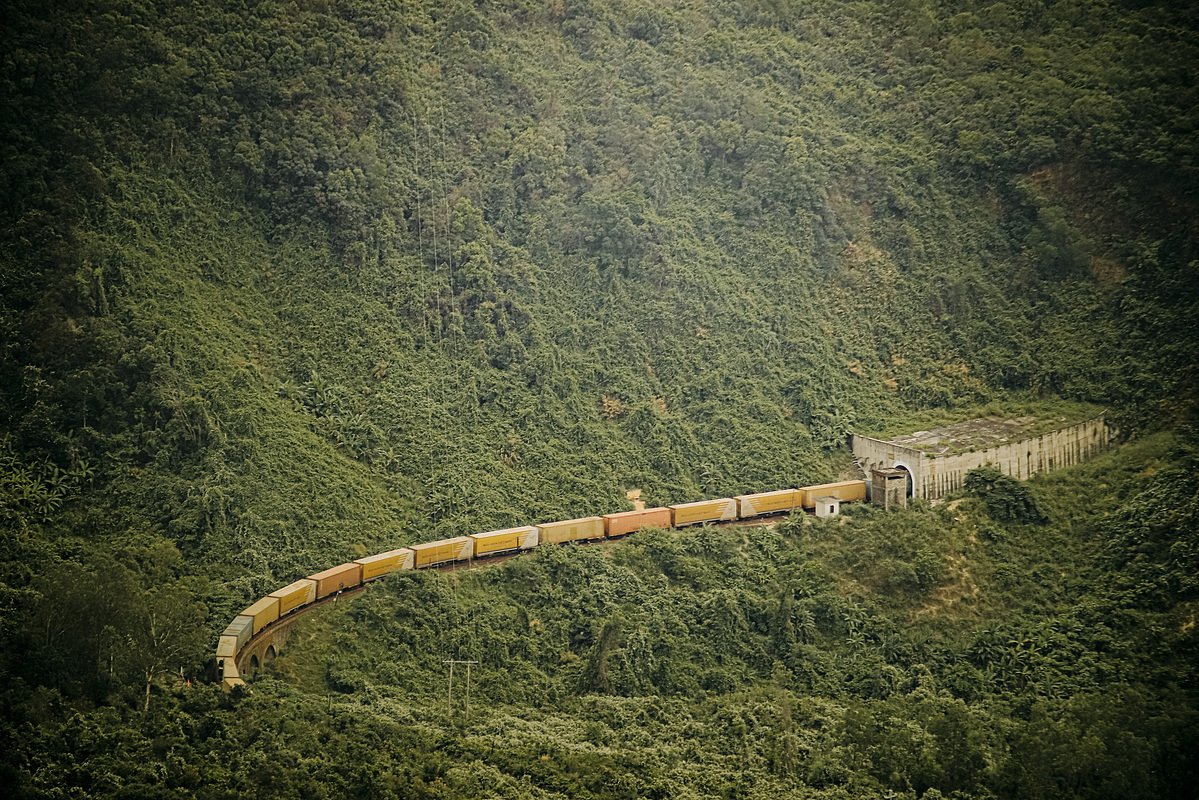
U.S. travel publication Travel+Leisure last month ranked Hai Van Pass the world's fourth most beautiful drive with over 55,000 pictures tagged #HaiVanPass on Instagram, the world's largest photo sharing network.
Crossing over a spur in the Truong Son mountain range, it lies 500 meters above sea level.
![[Caption]aa](https://i1-english.vnecdn.net/2021/05/11/A2-9029-1620725941.jpg?w=680&h=0&q=100&dpr=2&fit=crop&s=10Bwelm-5Jt_0rgCBw_HJA)
Hai Van Pass cuts through the Bach Ma mountain range - a part of the Truong Son range skirting the sea.
Its name refers to the mists that rise from the sea, reducing visibility. The twisting pass has long been a challenge for drivers traveling between popular tourist destinations Hue and Da Nang.

The pass features quite a few popular check-in points that have attracted the attention of young travelers and photographers recently, including Hai Van Bac railway station.
The station in Phu Loc District of Thua Thien-Hue Province, home to former imperial capital Hue, is a point along the North-South railway and connects to Lang Co Station.

Hai Van has long been famous for its beautiful and majestic natural scenery. If you follow the train track about 700 meters, you will reach the arch bridge of Vom Don Ca. On the way, visitors can observe the panoramic view of the pass.
The road to the Vom Don Ca arch bridge is peaceful, surrounded by singing birds, leaves, and rustling waterfalls, said Nguyen Ky Anh, the series photographer.
Viewed from the ground, the bridge looks like a sky gate overlooking another world.

One of the most popular ways to experience Hai Van Pass is to rent a motorbike and take a tour of it, going all the way to Hue.
If traveling by motorbike, there is a row of coffee and souvenir shops at the very top of the pass where you can sit and enjoy the views.

For those who love to explore, the shipwreck area at Bai Chuoi is another destination. The Jakarta ship was towed from Hong Kong to India to be cut up as scrap metal and ran aground after being hit by a big wave, breaking in two in October 2020.

Hai Van Gate or Hai Van Quan is located about 490 meters above the sea level. The monument further separates two localities – Da Nang and Thua Thien-Hue.
It was constructed in 1826 under King Minh Mang of Nguyen Dynasty, who ordered the construction of multiple defensive structures along the pass to protect the then-capital Hue. The structures included fortifications, store houses and cannon forts.
In 2017, the government recognized the gate as a national relic.

Staff at Hai Van Bac railway station chat and enjoy a moment of peace.



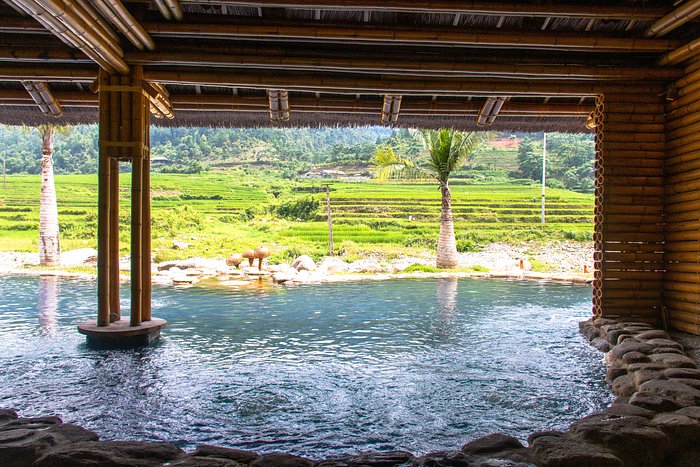

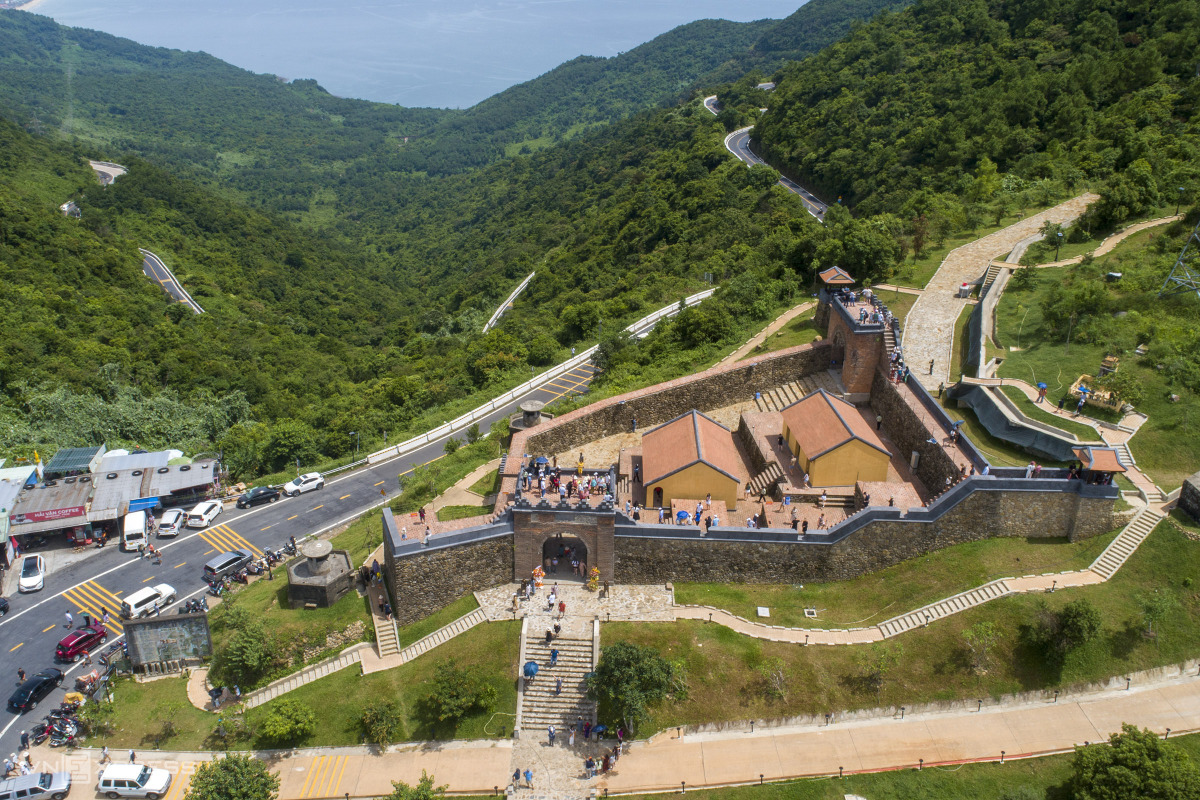

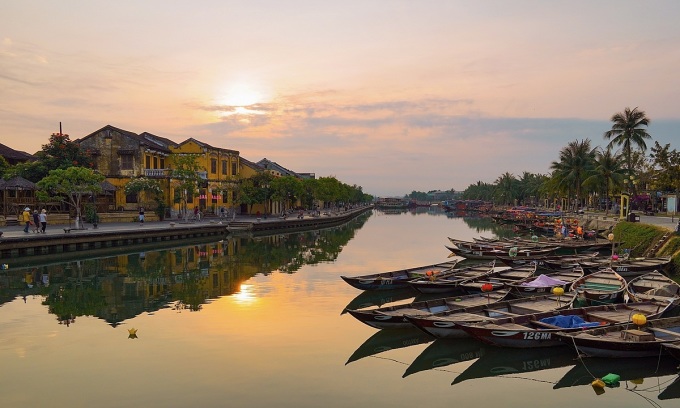
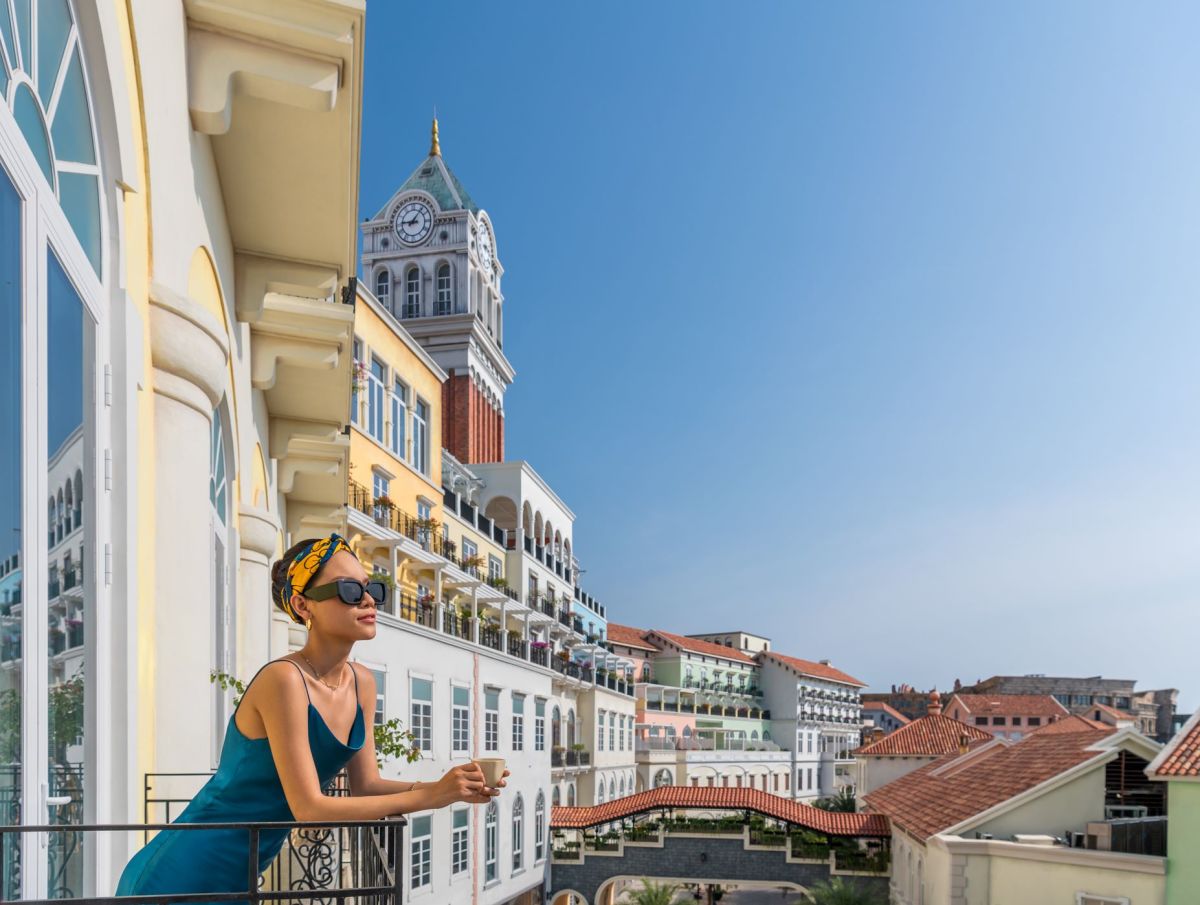
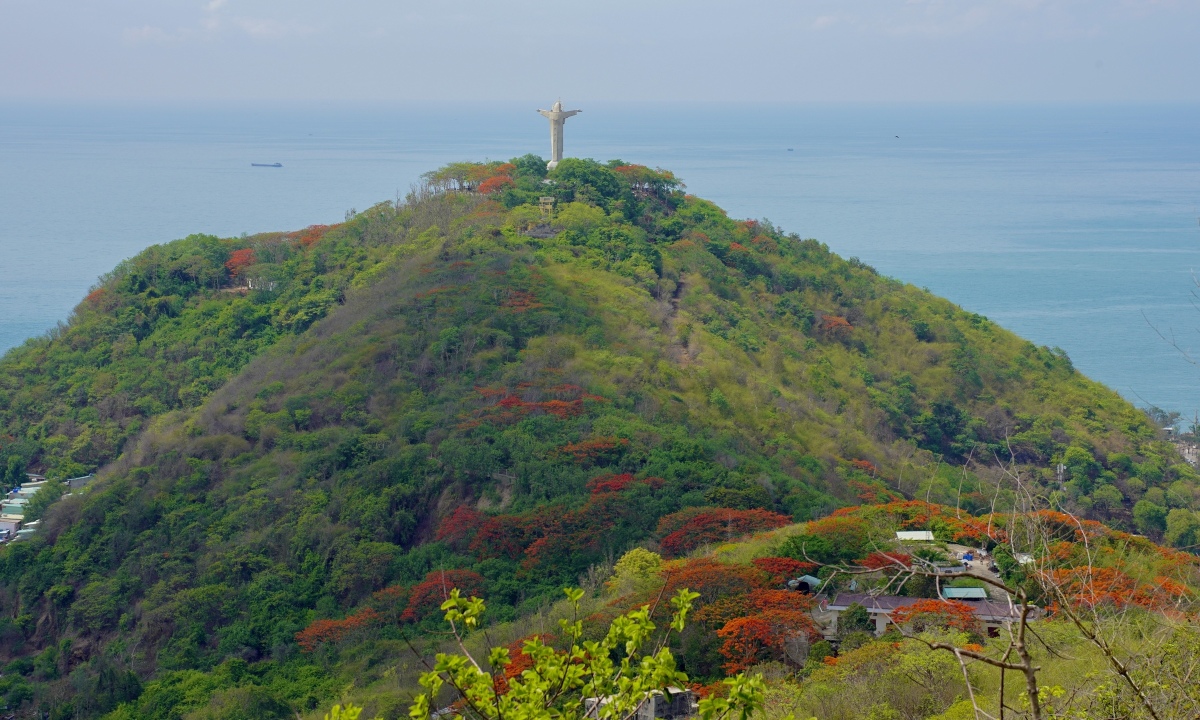
.png)



